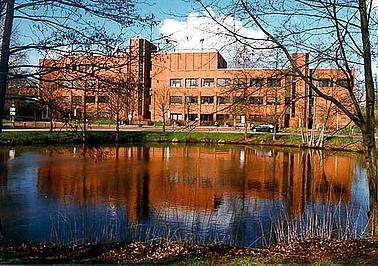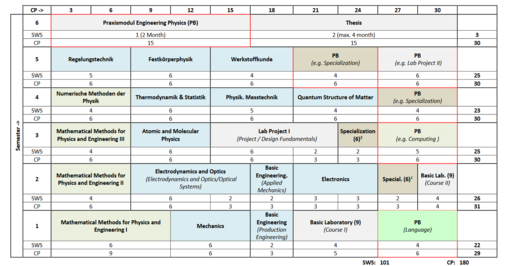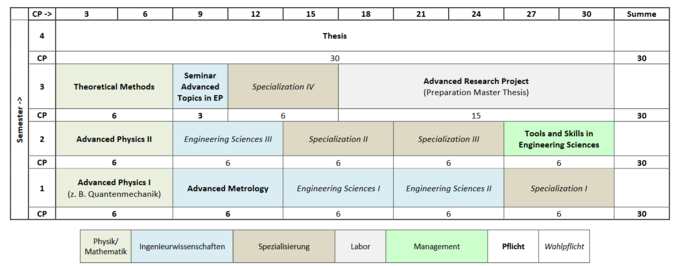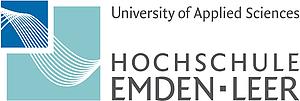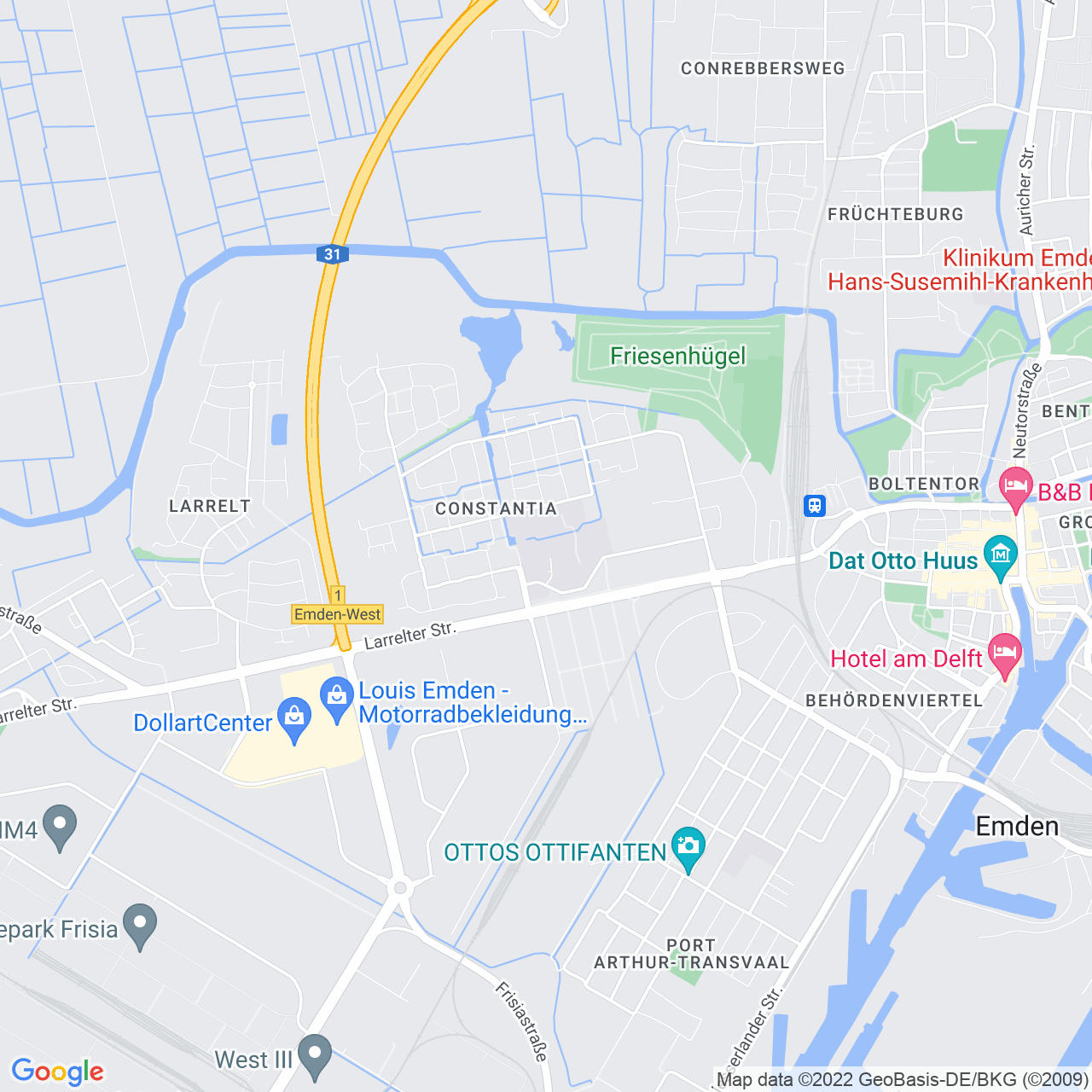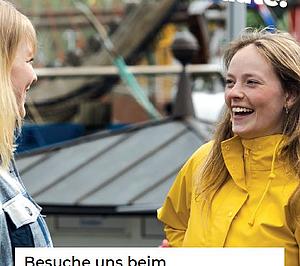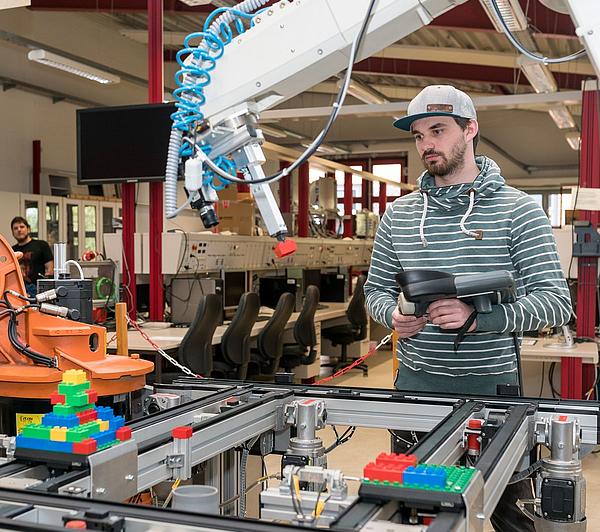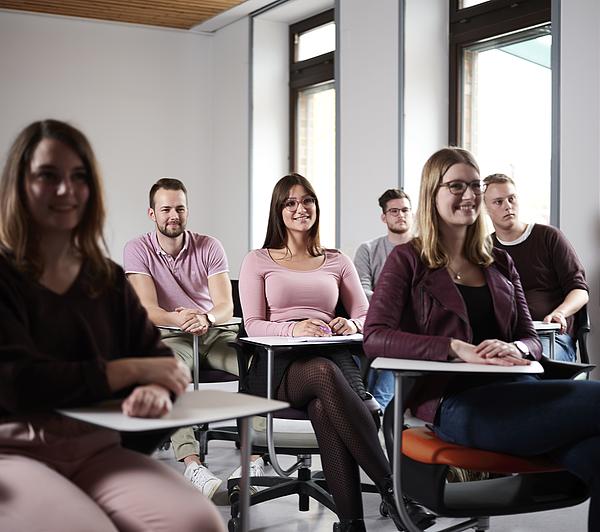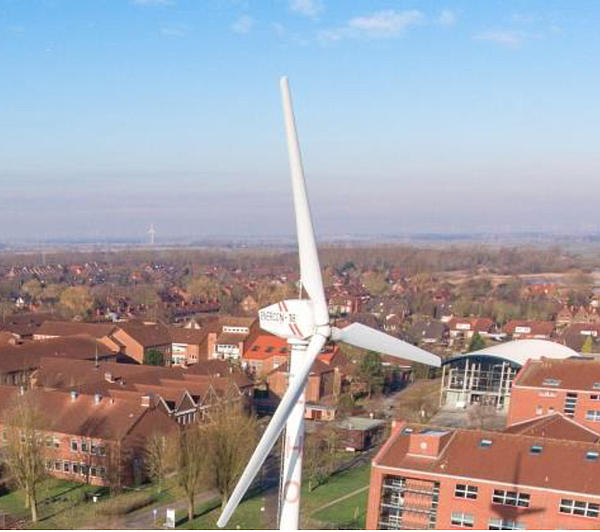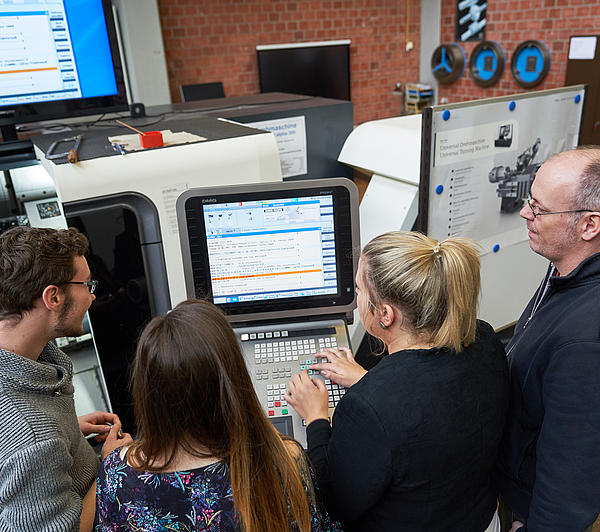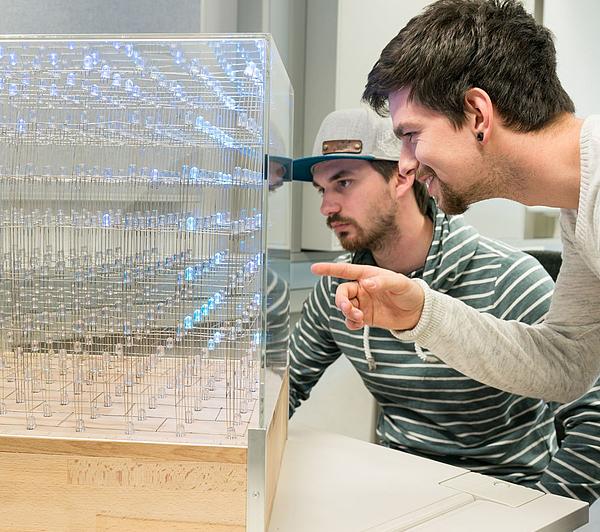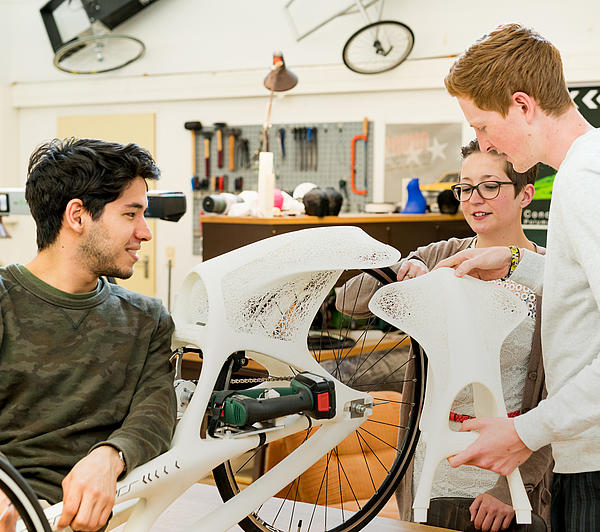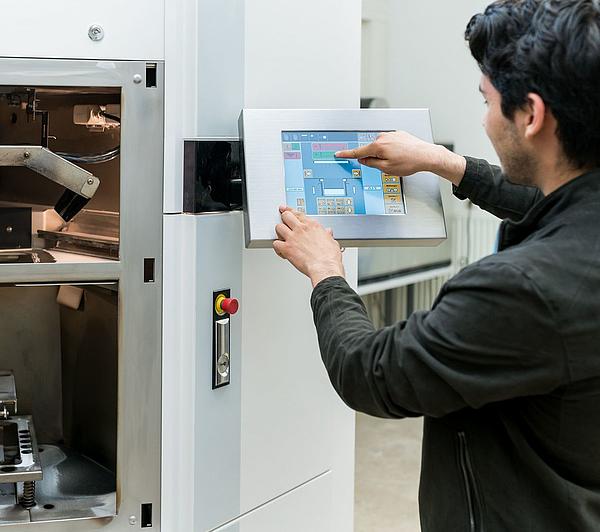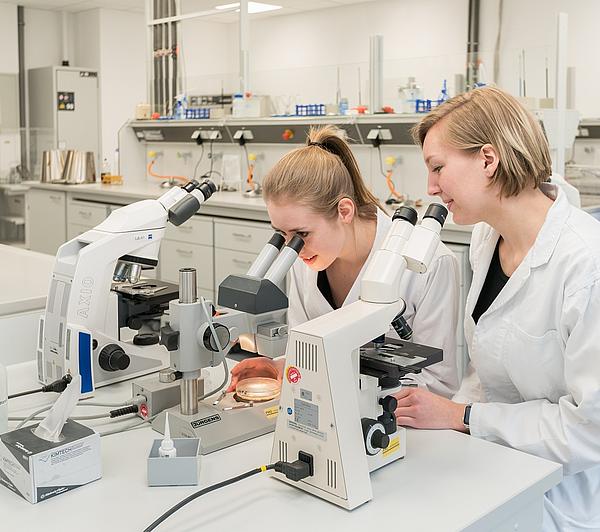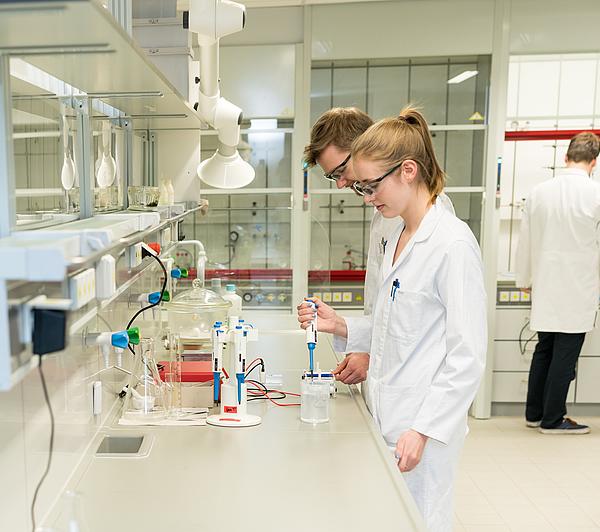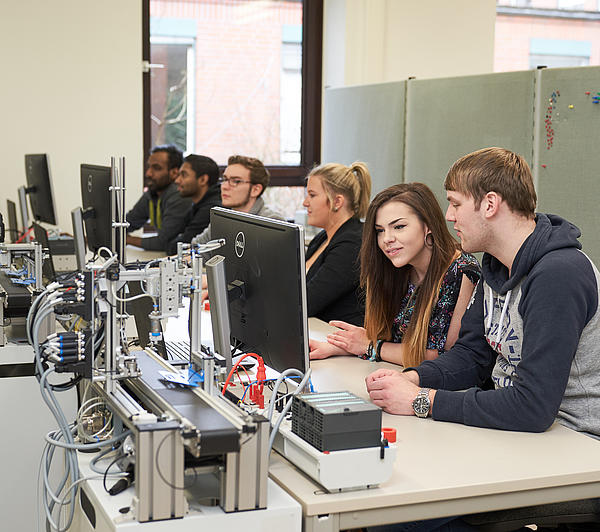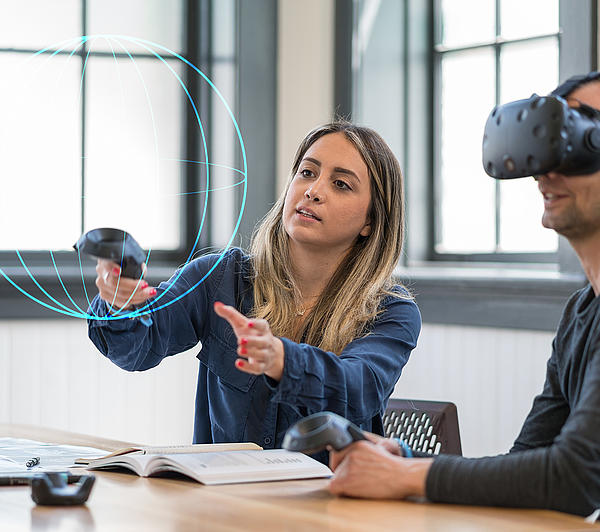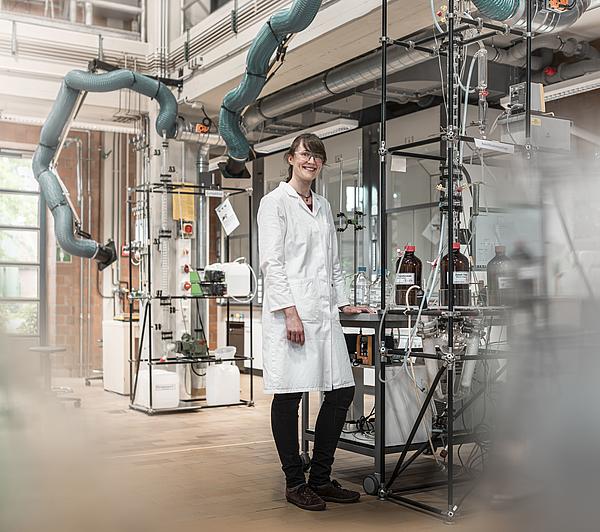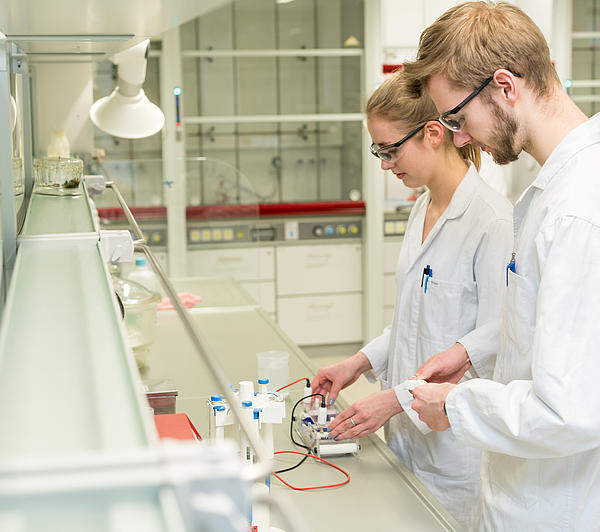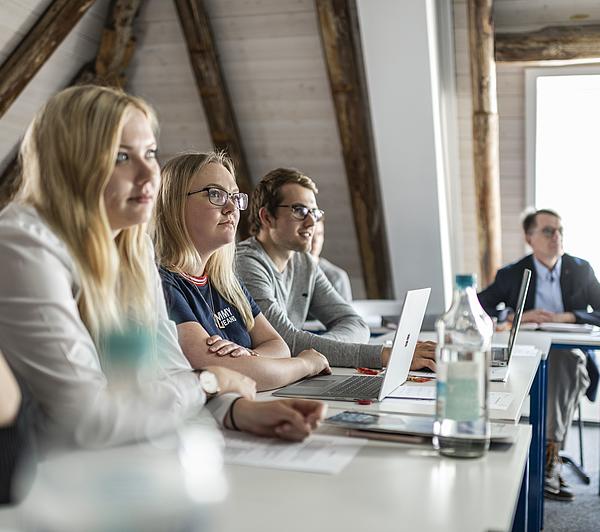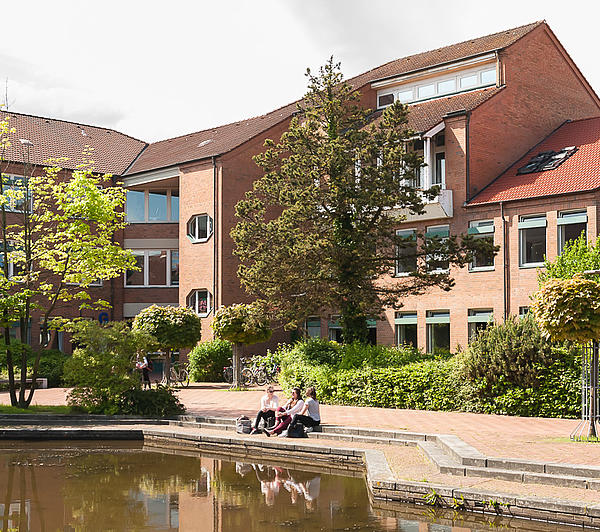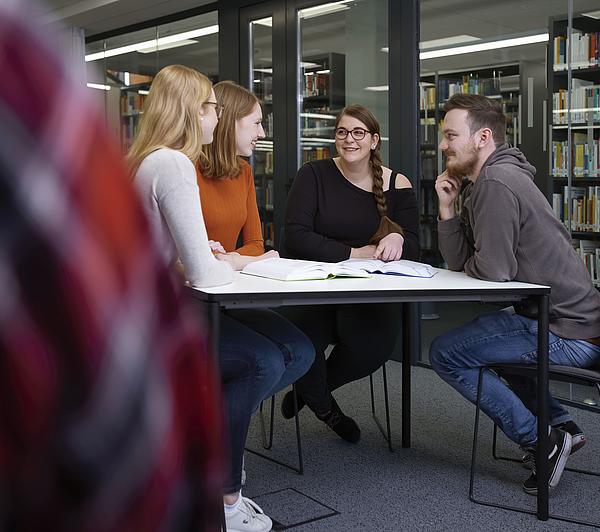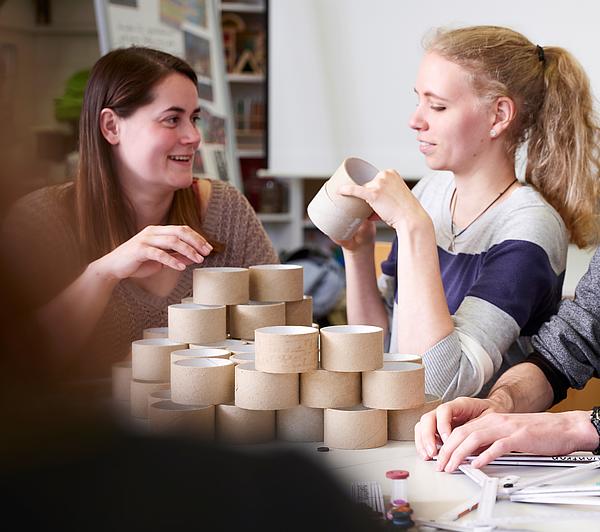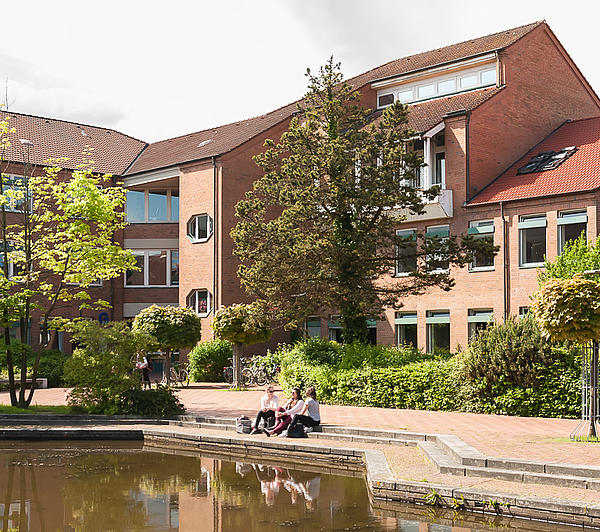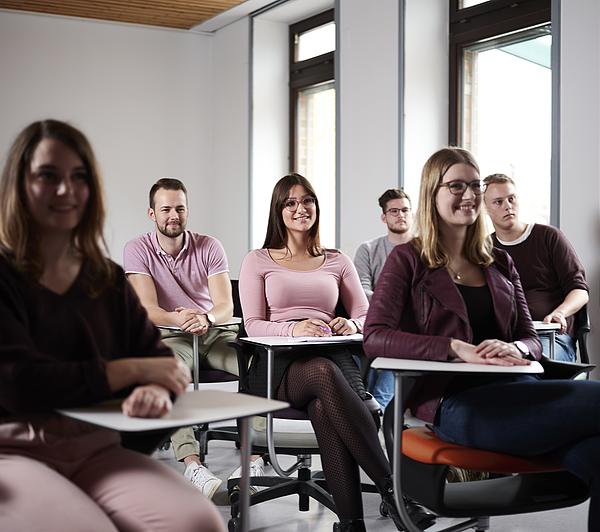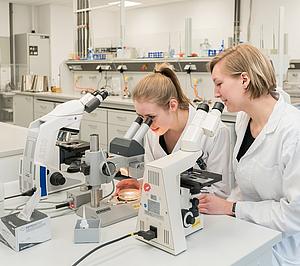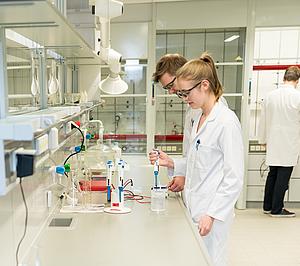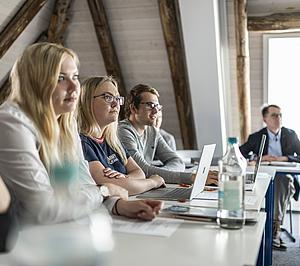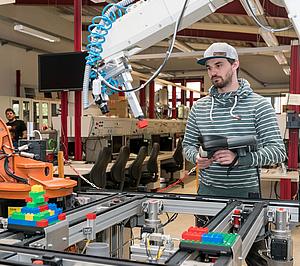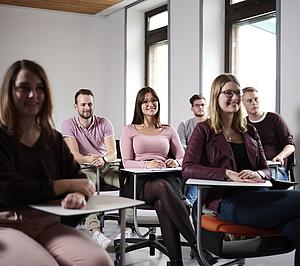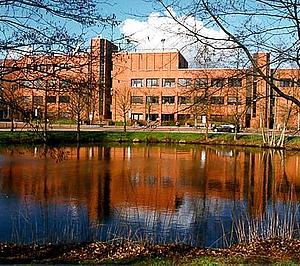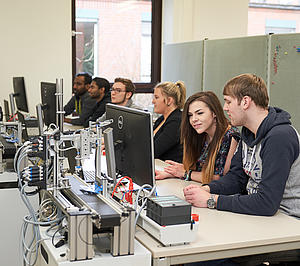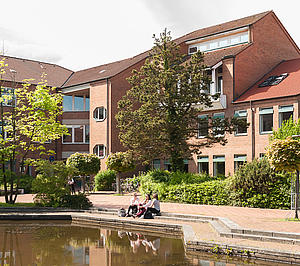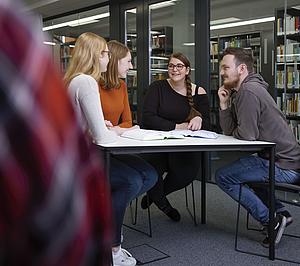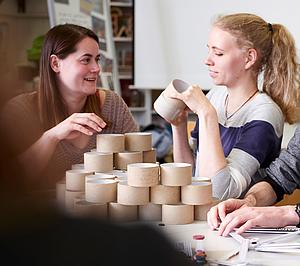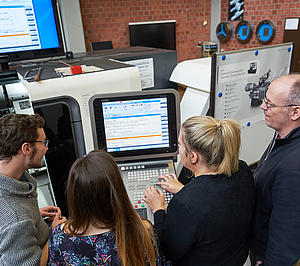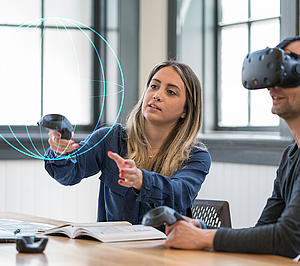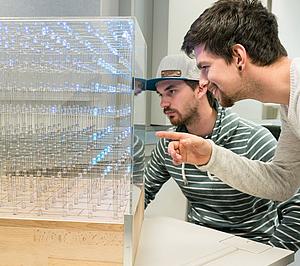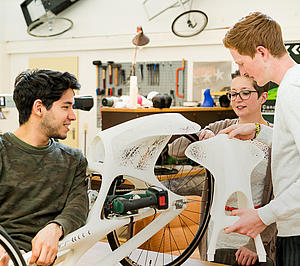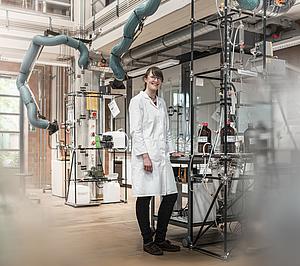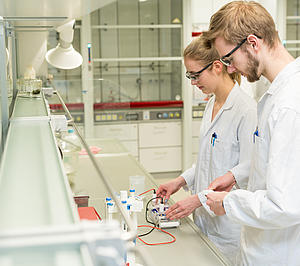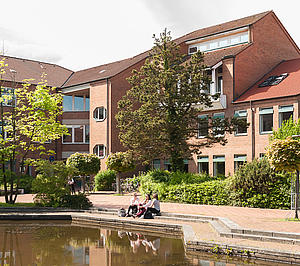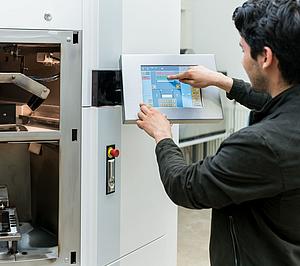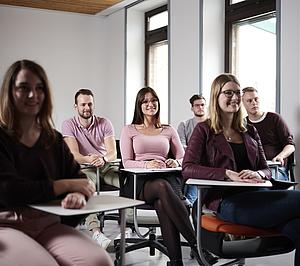Theoretical and experimental physics combined with engineering methodology
The programme is embedded within a well-evolved research environment in these fields, guaranteeing state-of-the-art education for qualified foreign and national students. Two international degrees are available: the basic three year course Bachelor of Engineering (B.Eng.) and the advanced two years course Master of Science (M.Sc.).
The programme distinguishes itself not only through professional excellence, but also through a strong emphasis on intercultural exchange: roughly half of the participants are from abroad. For the bachelor programme german language skills of the level A2 and English skills of the level B2 are required.* All required lectures during the bachelor studies are given in English. German will be learnt in compulsory German language classes. This will be a good preparation for attending advanced lectures, since some of them are given completely in German. In order to give you immediate access to the whole range of lectures offered in the departments, proficiency in German is required for the Master of Science programme (B2 level). The “Zertifikat Deutsch als Fremdsprache” (ZdaF) of the Goethe-Institute or an equivalent certificate is accepted as proof.*
Transfer students are welcome! Graduate the Master programme of Engineering Physics or even transfer to our Bachelor programme. Our staff will help you with the formalities to transfer
*e.g. CEFR of required level or 8 points in the secondary school level II are accepted as English language proof; CEFR of required level or DSH1 are accepted as German language proof
Modern medicine employs a multitude of sophisticated, physically based techniques both in therapy and diagnostics. Providing at first a basic foundation in anatomy and physiology, the specialization ‘Biomedical Physics’ goes on to emphasize on modern methods in medical radiation applications such as radiotherapy, nuclear medicine or radiology, audiology, basics of minimal invasive therapy including micromechanical, laser assisted methods as well as other imaging techniques such as ultrasound, Nuclear Magnetic Resonance and optical tomography. Well-established medical engineering physics such as medical electronics, data and image acquisition and processing, radiation biophysics, laboratory diagnostics and biomechanics are also covered.
Training in the field of medical radiation physics is performed in close cooperation with the Medical Centre for Radiotherapy and Nuclear Medicine at the Pius-Hospital Oldenburg. Thereby the students are getting in touch with professional physicists from an early stage of their programme and are trained on modern machines such as linear accelerators or latest generation Computer Tomographies right from the beginning.
The syllabus of the Master program is in accordance with the guidelines of the German Society for Physicists in Medicine (DGMP) smoothly to our university.
The vast range of laser technology applications is mirrored in laser systems design, materials processing, medical applications, optical metrology, optical communication technology, and analytics.
The past two decades have experienced a flood of industrial activity in these fields with no ebbing of this trend in sight. Exemplary growing sectors employing these technologies are the automobile industry (welding, automation control, rapid prototyping), semiconductor manufacturing (wafer annealing, quality control) as well as optical communication (fibre optical networks, optical data storage) and lasers in medical applications.
Optical technologies allow unique high-precision and ultrafast measurements, i.e. deformations and vibration of surfaces, nondestructive testing as well as measuring velocities, temperatures and species concentrations even in highly complex fluid flows.
A future regional, national and global energy supply - without regarding further ecological and climatic impacts of today’s fossil or nuclear energy conversion - is unthinkable without a considerable contribution of renewable energies even in short term future. Solar radiation and wind represent not only theoretically the larges fraction of renewable energies but also the lion’s share with respect to technically exploitable potentials.
We teach fundamentals of these types of renewable energies, theoretical and real limits for their conversion and storage, as well as educate in physical and technical principles, concepts and in application of varying methods for the use of solar light and wind energy.
S&V cover infrasound, audible sound, ultrasound, structure born sound and vibrations. Topics address digital signal processing, basics of wave radiation and propagation, physical and technical properties of sensors and transducers, numerical calculation of vibrations, acoustic properties of matter, and evaluation of the impact of sound and vibrations on humans. Subjective perception of sound, physics of the ear, sound design of products, sound ambiance of transportation means, and noise abatement are fields of research in Oldenburg. Numerous career opportunities await the graduate due to the ubiquity and importance of sound and vibrations in engineering and science. Vibration control and monitoring plays an important role in machine design and quality control. Modern structures with lighter and stronger materials are more prone to detrimental vibrations. Car interior sound is designed to optimise customer comfort. Ultrasound is used in medical therapy and as a non-destructive tool in medicine and materials.
You enjoy fresh air and an intact environment? You don’t like wasting your hours commuting? You feel at home when you meet friends on the street? Then feel welcome to study here in the north-west of Germany.
The Carl von Ossietzky University, Oldenburg, is one of the youngest universities in Germany. The campus lies roughly 10 minutes by bicycle from the city centre and offers the 12,000 students modern lecture theatres and laboratories, two large libraries, a refectory and good sports facilities. Founded in 1973, it grew out of the city’s 200- year-old teacher training college. Today, the university includes the departments of Social Sciences, Arts and Humanities, Education, Economics, Languages, Business Studies, Mathematics, Natural Sciences and Computer Science.
The Institute of Physics comprises roughly 100 scientists and a total of 600 students plus 50 PhD students. In 17 sections and institutes, topics in theoretical, experimental and applied physics are researched, from black holes to bicycles. Oldenburg is a pleasant city of 155,000 inhabitants, with many historic sites, parks, pubs and an exciting cultural life.
The University of Applied Sciences, Hochschule Emden/Leer, was also founded in 1973. The location Ostfriesland is situated in the port towns of Emden and Leer on the north-west coast, roughly 70 km from Oldenburg. Ostfriesland is a renowned holiday area, having a unique atmosphere with lush fields, windmills and red-bricked houses, as well as a long tradition in shipbuilding and seafaring.
In addition to the Department of Technical Sciences with the fields of Natural Sciences, Electrical and Mechanical Engineering, the Departments of Business Studies, Social Sciences and the Institute of Maritime are available for the 3700 registered students. In all areas, practical aspects are strongly emphasized through integration in industrial projects and in-house research. This institution is proud to be home to the largest laser research center in the greater area.
Theoretical and experimental physics combined with engineering methodology and applications
- Physical focused mathematics
- Application-oriented theoretical physics
- Field of specialisation selectable
- Intensive instruction in small groups and self-sufficiently organized laboratory projects
- Excellent future perspectives, high demand for engineers
- International environment: half and half foreign and German students
- Language of instruction:
- B.Eng.
- During the Bachelor programme all required lectures will be given in English
- B2 level in English and A2 level in German required
- M.Sc.
- B2 level in English and B2 level in German required
- Costs: roughly 600 € per month for subsistence, approx. 410 € per semester enrolment fee (contains a ticket for the local transport), *(International students can apply for a grant)
- Cooperation between University of Oldenburg and University of Applied Sciences, Hochschule Emden/Leer, location Emden
- First semester lectures in Oldenburg
- This course is partly subsidized by the German Ministry for Education, Research and Technology
Application
- Deadline for the Bachelor applications: 15.October only winter semester
- Deadline for the Master applications (Winter):
- Applications with a German university entrance qualification or degree: by 15 July
- Applications from the EU: by 15 July
- Applications from third countries (non-EU): by 15 June
- Deadline for the Master applications (Summer):
- Applications with a German university entrance qualification or degree: by 15 January
- Applications from the EU: by 15 January
- Applications from third countries (non-EU): by 15 December
- German applicants
- International applicants

